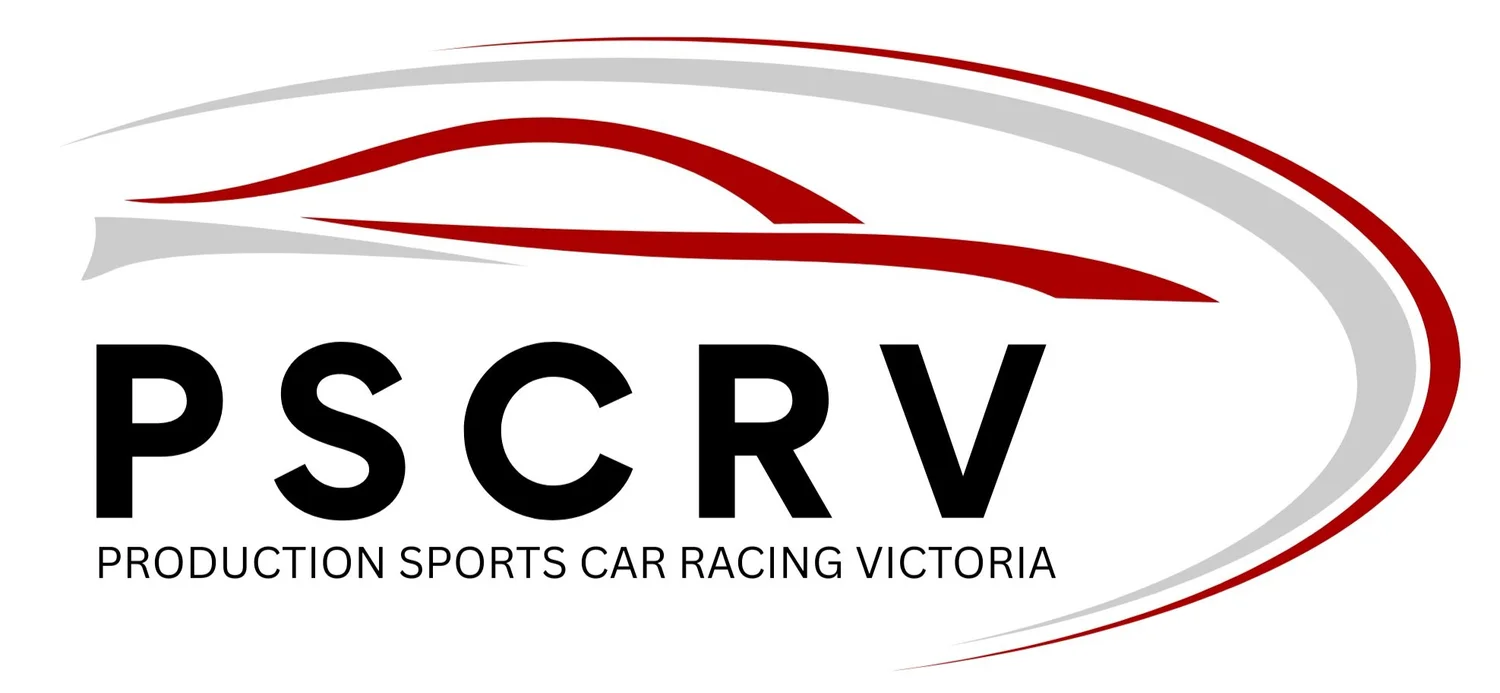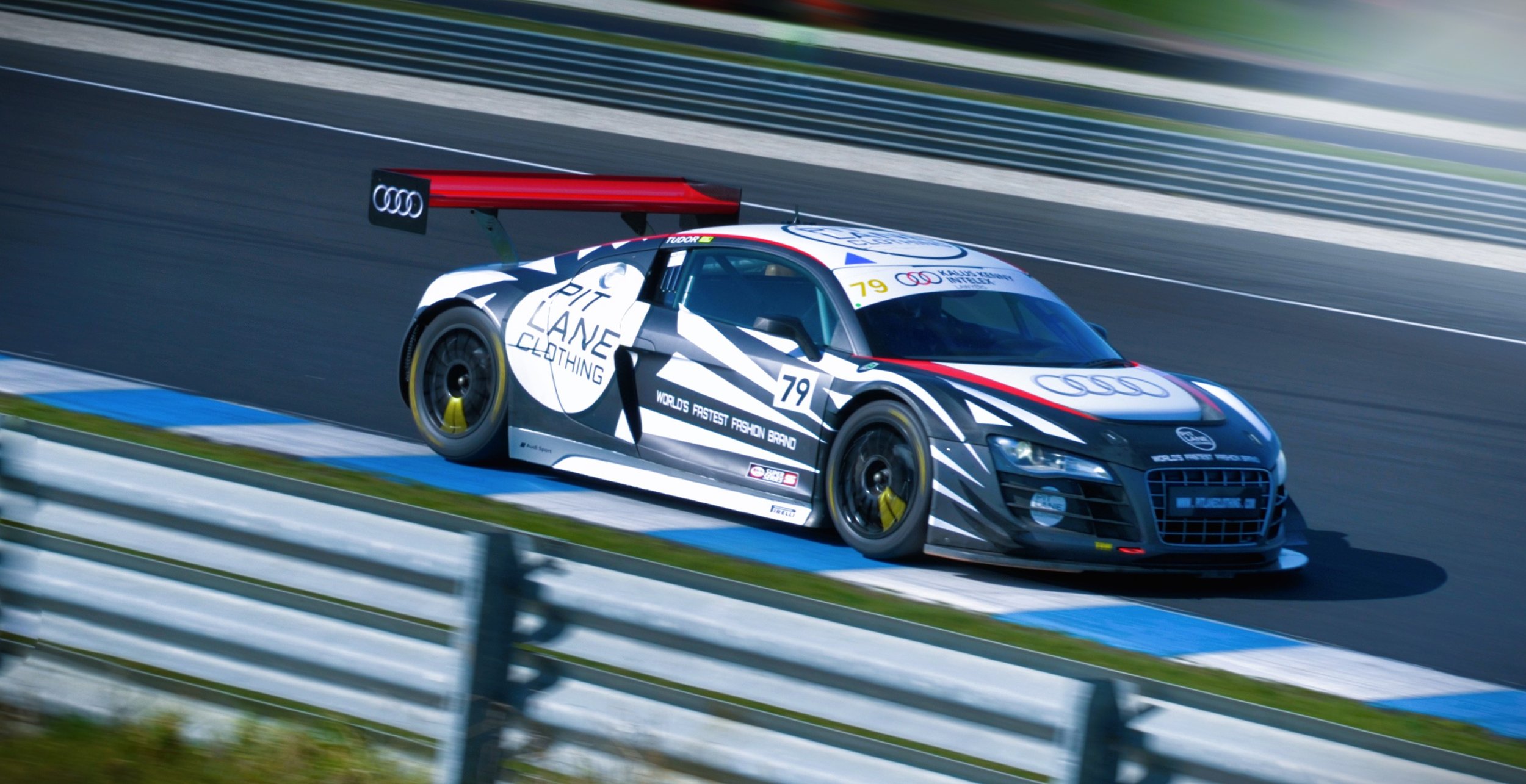
GETTING ON THE GRID
the ultimate guide
YOUR ULTIMATE GUDE TO GETTING ON THE GRID OF THE PSCRV SERIES
Motorsport is a fun and enjoyable pastime. We believe everyone involved should take part because they love it.
It’s a great way to meet friends, socialize, and enjoy a sport you care about, all in one weekend.
We know that when you’re starting out in racing it can seem quite daunting to know what to focus on first, but fear not - we’re here to give you a simple guide on how to go from your sofa to a race seat - and everything in between.
And remember: every single racing driver, from F1 world champions to club racers, all started at the exact same point as you are right now, so you’re not alone.
Here is a guide on everything you need to do in order to be able to line up on the grid with the rest of the drivers in the PSCRV Series.
First things first…
There are three key items you need in order to be able to go circuit racing
REQUIRED
Mandatory FIA approved Safety Apparel
A Clubman (or higher) level MOTORSPORT AUSTRALIA racing licence
An eligible car
SAFETY APPAREL
The following Safety Apparel is mandatory as a minimum to compete in State Level Competition, and the apparel must be at a level to meet the FIA requirements:
Race Helmet
Every competitor will need a SNELL or FIA verified and approved helmet, which is always checked by a scrutineer at every race meeting you compete in. Any helmet bought from new can be used for 10 years from when they were first homologated.
Race Suit
An FIA approved race suit is critical – all of them are made of fireproof materials, however each brand will develop theirs differently depending on size, design and comfort levels.
Gloves
These come in a range of different brands, designs, colours and sizes depending on personal preference and comfort.
Boots
Just like the gloves, race boots are key to ensure a comfortable driving experience while still providing appropriate levels of grip and feel on the pedals when accelerating and braking.
HANS Device or Frontal Head Restraint
This is vital to ensure that in the event of an accident, your head and neck stay secure and safe to prevent any form of injury as much as possible. There are options of using either a full HANS device, an adjustable harness or a hybrid system developed by companies such as Simpson. Whichever you choose, safety in a race car shouldn’t be compromised, so we recommend using one of these devices whenever you’re out on track.
Fireproof Underwear
This acts as a second layer of sorts and is worn underneath your race suit. While it isn’t mandatory to wear it, it is another element we strongly advise you purchase.
These should be the essentials that you take with you every single time you head to a race track, be it a test day or a race weekend.
Flame-retardant underwear and balaclava are recommended, but not compulsory.
YOUR RACING LICENCE
The process for acquiring your racing licence is relatively straight forward.
There are a few grades of licence and in order to compete in Circuit Level Racing (as opposed to speed trials, drifting etc) you must gain a Clubman Level Licence.
The process for doing this consists of three elements:
1) Medical Examination. You must be able to pass a medical examination test
2) Complete and pass a Licence Application form and also an online test on racing rules, flag meanings etc
3) Complete your ‘OLT’ (Observed Licence test)
An OLT is the final step after completing the first two, and will need to be booked in through MOTORSPORT AUSTRALIA.
This involves a number of experienced officials observing you driving on a track, with other drivers doing the same test.
This test can be completed in a suitable car (not necessarily a race car, but it must have a full manual transmission)
You will be observed for your ability to handle your car at speed, keeping control of your car, ability to understand on track signals and directions and be aware of the placement of your car and of others on the racetrack
If you pass these three elements, congratulations – you will receive your Clubman Racing Licence!
THE CAR
There are a number of competitive race series you can look at joining if you wish to go circuit racing.
The Victorian State Race Series is regarded as the best State Based series in Australia, with 4 Victorian tracks to compete on throughout the season: Sandown Raceway, Phillip Island Grand Prix Circuit, Calder Park and Winton Motor Raceway.
There are three types of categories you can compete in:
Open-wheel Categories
These are for cars which, as the name suggests, have wheels that are open (not covered by the cars body)
At State Level, these classes are made up of: Formula Ford, Formula Ford 1600 or Formula Vee.
Coupe/Sedan based ‘One make’ categories
These categories generally have the closest fields and most competitive racing as each category only has one (or two models in the case of Saloon cars) that are eligible to compete.
Combine this with strict engine control measures, such as control tyres, brakes, ECU and suspension and you will find that the skill and experience level of the driver and car and driver preparation (and a bit of luck on occasion) will decide the winners.
These classes include: Saloon Cars, HQ Holdens, Hyundai Excels and the Porsche 944 Challenge Series.
Coupe/Sedan based ‘Open’ Categories
These categories allow for a wide variety of brand, type and model of vehicle.
These cars are often the fastest and most expensive cars (especially at the front of the field) as they are continually able to be refined and more money spent on development of bodywork, engine, transmission, aerodynamics, suspension etc.
Classes include: Sports Sedans, Historic Touring Cars, MGs, Improved Production and the PRODUCTION SPORTS CARS RACING VICTORIA category.
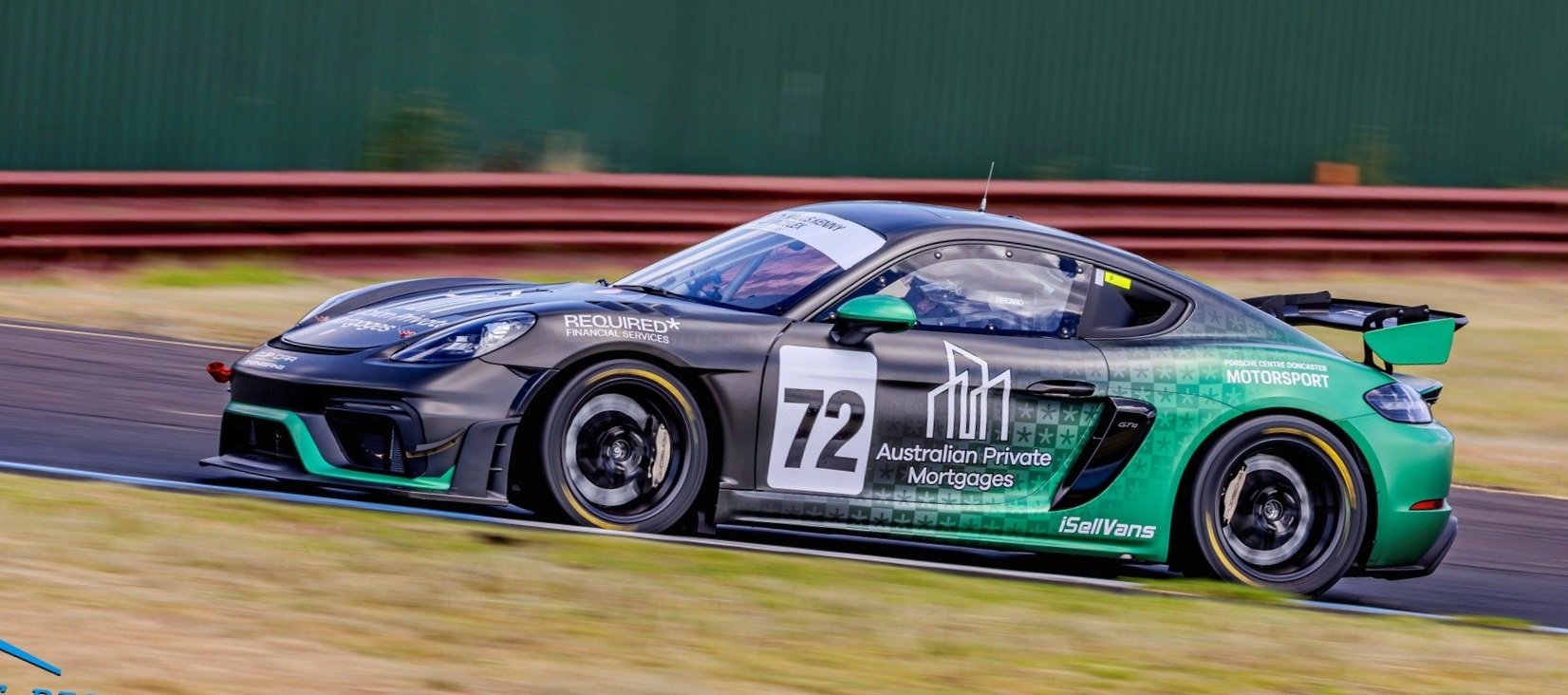
WHY THE PSCRV SERIES ?
At PSCRV we aim to provide one of the best top level racing experiences you can have - without the pressure - which comes with other similar level categories.
The cars we run are the best sports cars on the planet… with household name marques such as: Porsche, McLaren, Audi, Lamborghini, BMW and Mercedes all eligible to compete.
Our category gives you the chance to take these special vehicles out onto Australia’s best race tracks, which include: Bathurst, The Phillip Island Grand Prix Circuit and The Bend Motorsport Park circuit in Sth Australia.
Yet you can also run at your own pace - there are no high level executives screaming at you to produce results.
The race weekend gives you the oportunity to mingle amongst like minded fellow competitors, guests and friends and all in a welcoming environment.
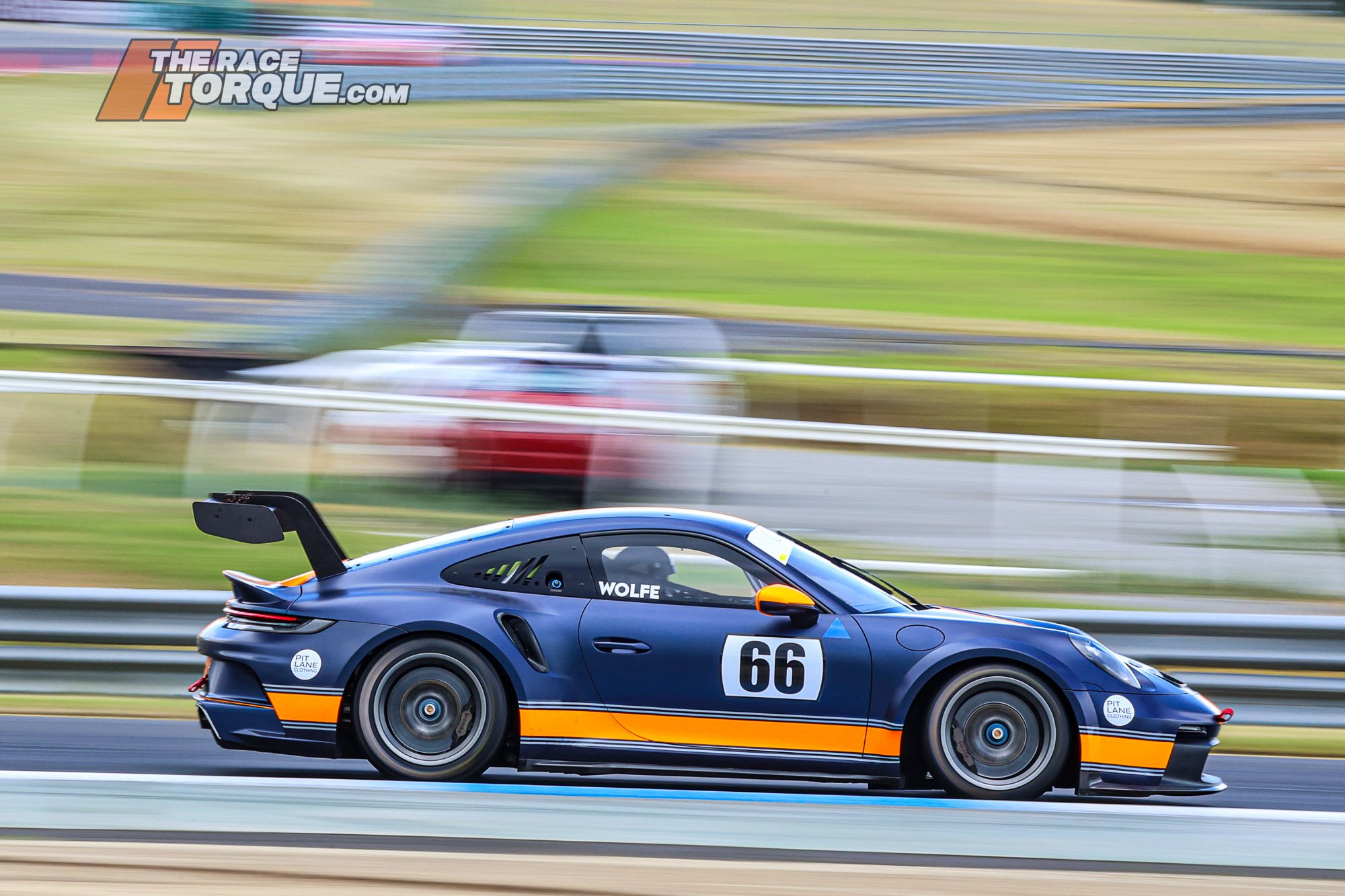
BEFORE YOUR FIRST RACE - WHAT TO EXPECT
The next recommendation is to get familiar with the tracks and your car.
It is highly recommended that you have some track time in your car before venturing out for your first session with a full field of PSCRV drivers.
All four of the Victorian race tracks have the opportunity to attend ‘test and tune’ days that aren’t linked to a race weekend.
Winton Raceway run open test days on most Fridays (with the exception of those immediately before dedicated race weekends)
There are events run at Sandown Raceway a number of times during the year by ‘Tampered Motorsport’ and likewise at Phillip Island where you can attend with your car to get used to it and familiarise yourself with the circuit.
Calder also provides Test and Tune days.
Please check our relevant WEB LINKS page
With your PSCRV membership and brand new Motorsport Australia licence, you can then enter for your first race weekend.
ENTERING A RACE
Entering for your first race weekend is done via a couple of different ways, depending on which organisation is running the race event.
You either fill out and litterally post in your entry forms, or these days, you can often just do them online.
Ensure you have all of the above taken care of and you will be ready to enter a race.
FRIDAY PRACTICE
The Friday before every race weekend is available for race competitors to enter and compete in an untimed ‘practice day’ - which is independent of the race weekend itself.
We find this very useful and it is recommended to enter to get some extra track time before the race weekend begins officially on Saturday morning.
Otherwise the first time you venture on track on Saturday will likely be for the weekends’ qualifying session.
There is a separate entry form you will have to complete for the Friday test day.
Depending on the entries for the Friday test day, you will get between three and five on track sessions throughout the day.
A recommendation is to try to get in contact with a current member of the PSCRV series to get any advice, recommendations etc. to help you when starting off - especially if this is your first foray into competing in motorsport.
There are many drivers, including the members of the committee who are more than happy to help in any way possible to assist with getting new members onto the grid and easing them into their racing career.
One of the most enjoyable parts of motorsport is the friendships built along the way.
You will find the numbers of the committee members on the ‘Contact’ Page on this website.
COSTS
No one ever said going motor racing was ‘cheap’, however the costs of going racing in the PSCRV Series may not be as high as you’d think:
Entry Fees: Entry fees are the same for all classes in the Vic State Circuit Race Championships – $450 will get you entry to race for the weekend (if you enter before the cut-off date!) – some other events can be a fraction cheaper.
You can also enter the Friday Practice sessions prior to each race weekend, which will cost an additional $150-$250 depending on the circuit.
Garage / Carport Hire: Garages are available to hire at the circuit for those that wish to do so – whereas some drivers choose to work out of the pit paddock, and have annexes, compressors etc. set up to work with.
You would generally find just over half the field in the paddock, with the remainder utilising garages.
There are roughly enough garages to cover about one third of the cars that typically enter a State Race Series meeting, so its important to get in early if you wish to book a garage.
Garages are generally big enough for two cars to run from, so splitting the costs with another driver is common.
Below are the minimum consumables costs you will need to allow for a race weekend=
Tyres:
Tyre allocations should be discussed with your teram prior to the evnt.
Wet weather tyres may be avilable and an optional extra cost
Fuel:
Control Fuel is supplied by Racefuels, and is also available at the circuit for all race weekends and practice days. Fuel amounts and costs will depend on which vehicle you are using and in some cases, is also dependant on the weekend race format, where in some cases, there may be an Endurance event as opposed to a sprint race.
Brake Pads:
depending on your vehicle
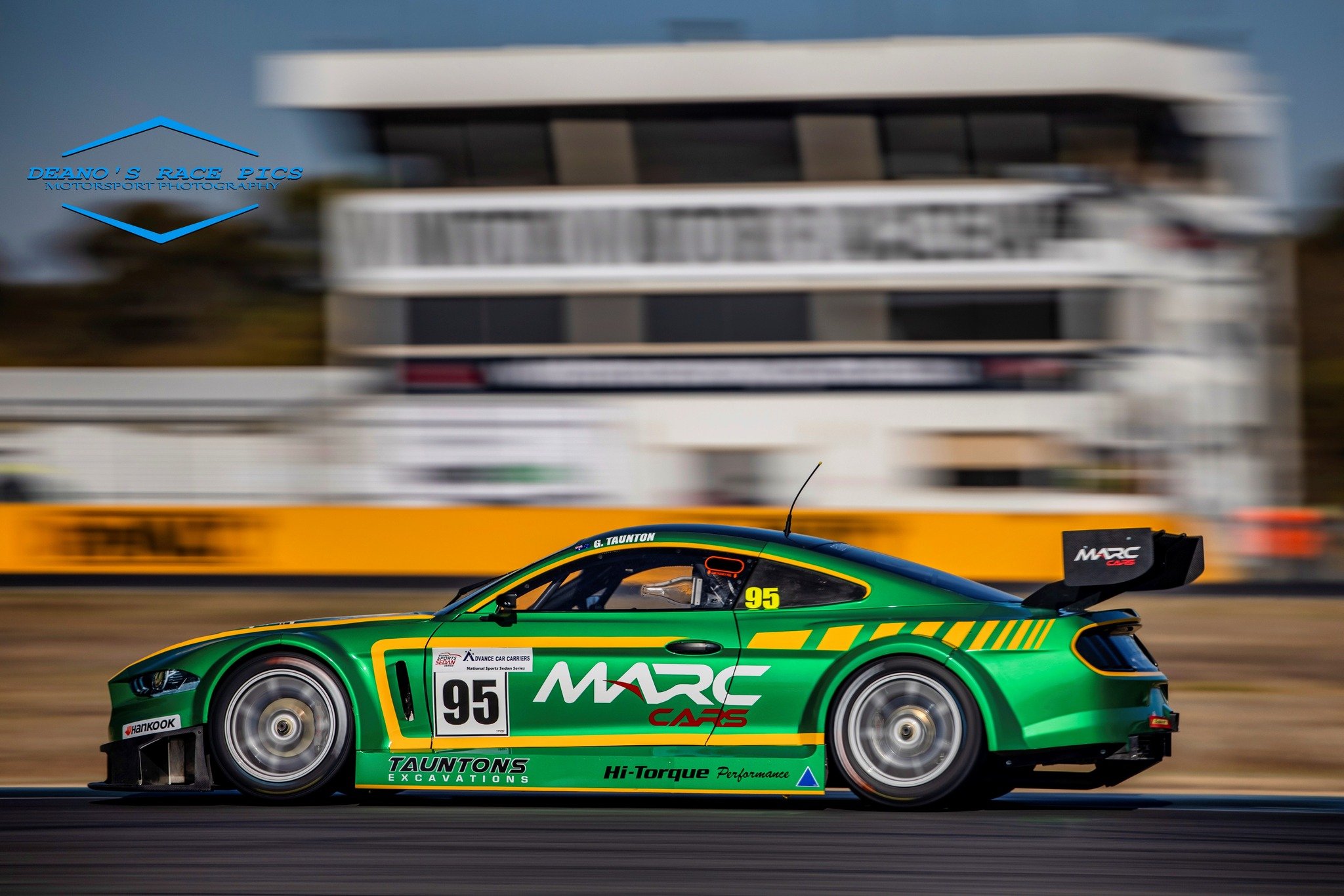
THINGS TO REMEMBER FOR YOUR FIRST RACE WEEKEND
CONSUMABLES
Fuel is available at the track most race weekends. It is recommended to place an order with RaceFuels or with the control fuel supplier prior to the race weekend to ensure enough fuel is allocated to cover all competitors.
Brake pads are available at most race events - depending on your vehicle.
You will find one or two retailers in attendance at all State race events who sell a wide range of race supplies like brake pads.
They can also sell items including: replacements harnesses, helmets, race stickers, oils and other fluids, as well as all number of race oriented equipment, tools etc.
P PLATE STATUS
When you first get your licence, you will be on your provisional or ‘P’ plate licence - same as on a road car.
You will need to give your licence to the officials at the start of the weekend in order for your driving to be observed.
The stewards and clerk of course for the race weekend will take notice of drivers who have their licence in for checking, in order to sign off on your driving for the weekend as being of an acceptable standard.
Don’t forget to collect your licence back before you go home for the weekend.
Once you have received 5 signatures from 5 race weekends, and have also completed the required event of flag marshalling duties, you will be able to go onto your full racing licence.
MANDATORY SIGN ON OF COMPETITORS
At the start of each race weekend, you are required to ‘sign on’.
This involves bringing your racing licence, car club membership and vehicle logbook to be checked that it matches your submitted entry paperwork.
This is often one of the first things you are required to do, and can in some instances be done during Fridays’ session.
At this point you can register your pit crew members and will receive your wrist bands for the weekend.
More often than not, you are also required to bring all of your safety gear including helmet, suit etc. to be checked for compliance, wear/damage, and in date.
You may also receive instructions at this time for your race car to have a scrutineering safety check if required – this check needs to be completed at or before every fourth race event that you compete in with your car.
MANADATORY DRIVERS BRIEFING
Next requirement is to ensure you attend your correct assigned drivers’ briefing.
The time and location of the drivers briefing is listed in the weekends’ schedule of events along with session times for the weekend for qualifying and races.
If you miss the drivers’ briefing, you will face a penalty which may include a monetary fine, or a rear of grid starting place for Race 1 – irrespective of your qualifying position.
SCRUTINEERING
At the discretion of the officials for the meeting or of the scrutineer, you may be required to go to the scales immediately after any, or all timed on-track sessions.
Failure to follow this instruction may result in exclusion from that sessions’ results.
During the course of the weekend, your car will also be checked by the PSCRV Scrutineer to ensure compliance with the rules and regulations of the series. There are various checks completed every race weekend, including engines, gearboxes etc. and to ensure that they are current and matching with those logged on the database.
The scrutineer is required to have unhindered access to check all race vehicles across the race weekend.
ANY ACCIDENTS OR DAMAGE INCURRED DURING RACING
If you are involved in an accident during the course of the race weekend, you will be required to submit an incident report with the scrutineer stating your version of events.
Failure to do so in the event of an incident involving another car other than your own, will result in guilt being borne by the driver not presenting an incident report – and will be subject to any penalties that may apply as a result, depending on the severity of the incident.
ACTION CAMERAS
Installing a sports camera such as a Go-Pro or similar inside of your vehicle to record on track activities is highly recommended - and not just so you can show off to your friends and family.
On board cameras and footage can assist you in the event of an incident report and Stewards do often ask to see the onboard vision before assessing a report.
They can also be vital when learning a new track and to watch and learn as you progress through your weekend.
It is important to ensure that the camera is securely mounted and additionally secured with cable ties to ensure it can not dislodge in the event of a crash and a camera mount failing, or else it may be asked to be removed by race officials before you are permitted on track.
Do all of the above and you can call yourself a competitve race car driver in the PSCRV Series.
Once you are on the track, it won’t be long before your sleepless nights will be filled with thoughts and plans for making your car go faster and dreaming about perfecting your race lines and braking points!
